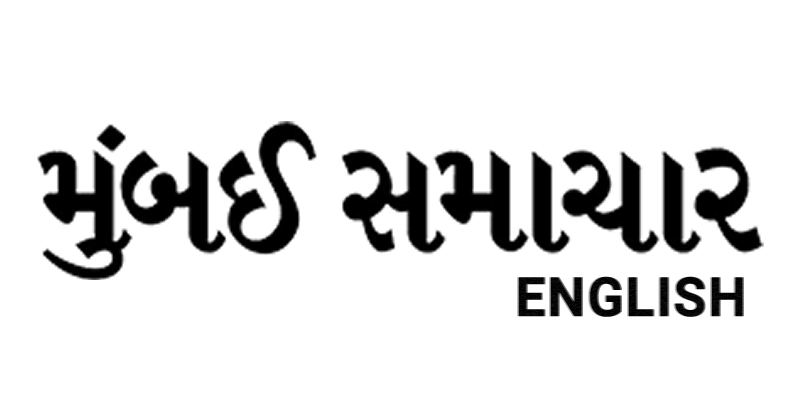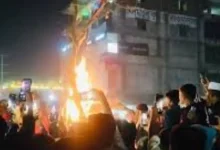Pentagon Releases Video Evidence of “HISTORICALLY SUCCESSFUL” U.S. Strikes on Iran’s Nuclear Sites

In response to skepticism about the effectiveness of U.S. military actions against Iran’s nuclear facilities, the Pentagon released test footage on Thursday, June 26, demonstrating the power of bunker-busting munitions. During a press briefing, U.S. Secretary of Defense Pete Hegseth showcased the video, refuting media narratives questioning the success of the strikes. The U.S. targeted three key Iranian nuclear sites Fordow, Natanz, and Isfahan asserting that these facilities were “completely obliterated.” President Donald Trump sharply criticized U.S. media, particularly CNN, for highlighting a leaked intelligence report suggesting the strikes caused minimal damage. He accused Democrats of leaking the report and called for their prosecution, though no public evidence supports these claims. The Trump administration has pledged to hold those responsible for the leaks accountable.
Hegseth, addressing reporters at the Pentagon, emphasized the operation’s success, stating, “The strikes in Iran were a resounding triumph, effectively ending the conflict. President Trump delivered on what others only promised, destroying Iran’s nuclear capabilities. This is a historic achievement.” He dismissed the leaked report as flawed and cited Rafael Grossi, who reportedly confirmed significant damage to Iran’s nuclear infrastructure, reinforcing the mission’s success.
Gen. Dan Caine, chairman of the Joint Chiefs of Staff, also spoke, revealing that intelligence received on Monday indicated Iran was planning attacks on U.S. bases in the region. In preparation, Patriot missile systems were deployed from South Korea and Japan, with Qatari forces contributing additional support. Caine noted that Iran attempted to shield its nuclear sites by covering facility shafts with concrete before the U.S. strikes.
In contrast, Iran’s Supreme Leader Ayatollah Ali Khamenei, in his first public appearance since a ceasefire with Israel, downplayed the U.S. strikes. He accused President Trump of exaggerating their impact, claiming the attacks caused “no significant” harm to Iran’s nuclear program and rejecting assertions that the strikes set back Iran’s capabilities by decades.
Iran-Israel-U.S. Conflict
Tensions escalated on June 13 when Israel launched Operation Rising Lion, targeting Iran’s nuclear sites and eliminating senior Iranian commanders. Iran retaliated with Operation True Promise 3, striking Israeli cities in what it called a justified response. The conflict intensified as both nations exchanged missile and drone attacks. On June 21, the U.S. entered the fray with Operation Midnight Hammer, striking Iran’s Fordow, Natanz, and Isfahan nuclear facilities. Iran responded by attacking the U.S. Al Udeid air base in Qatar. On June 24, President Trump announced a ceasefire between Iran and Israel, which, despite initial challenges, has since held.




